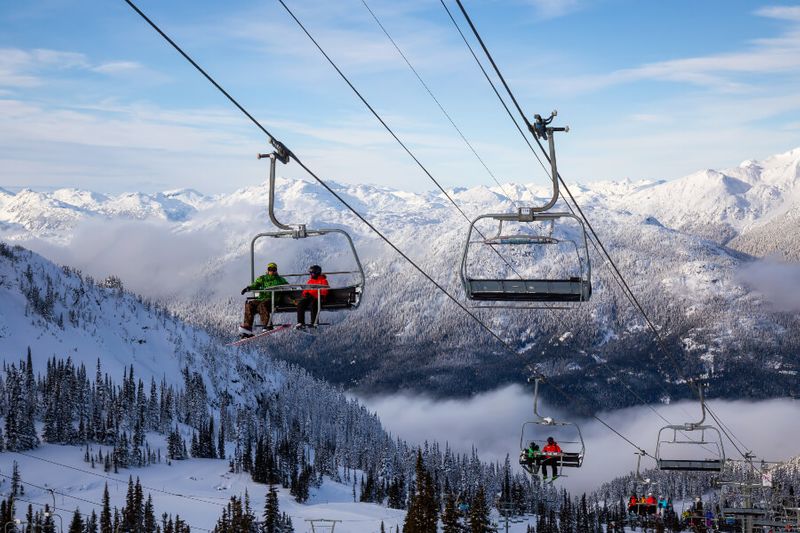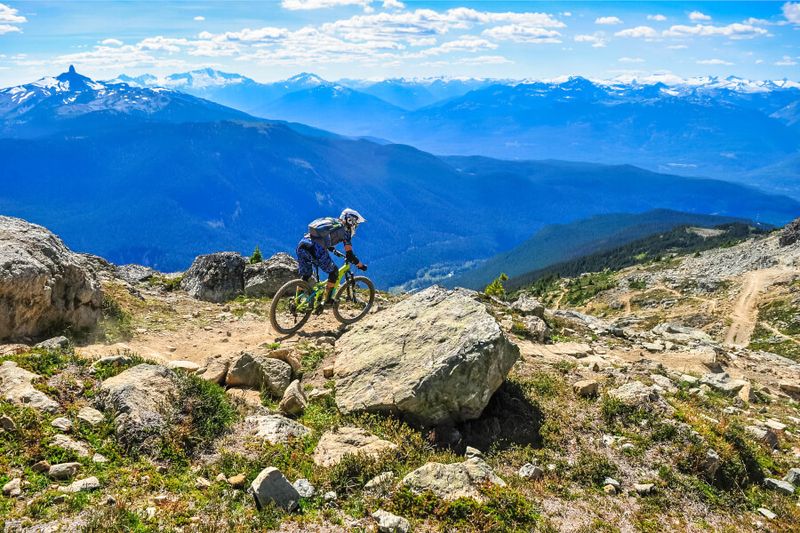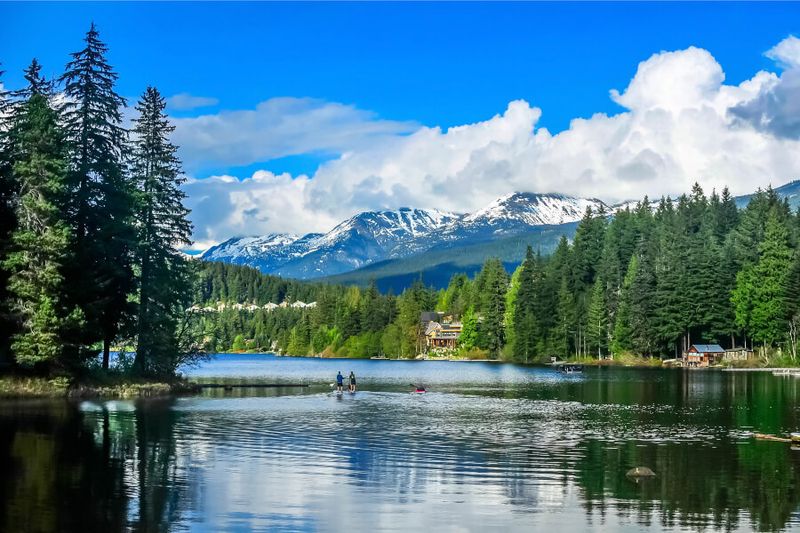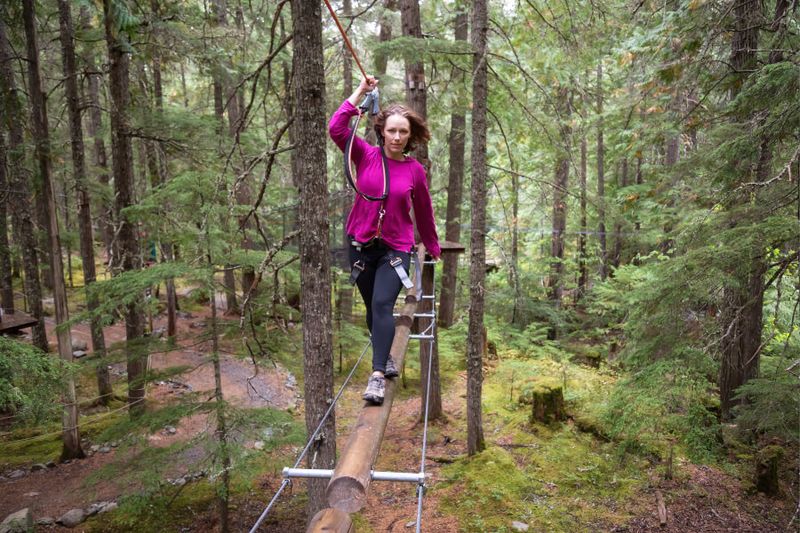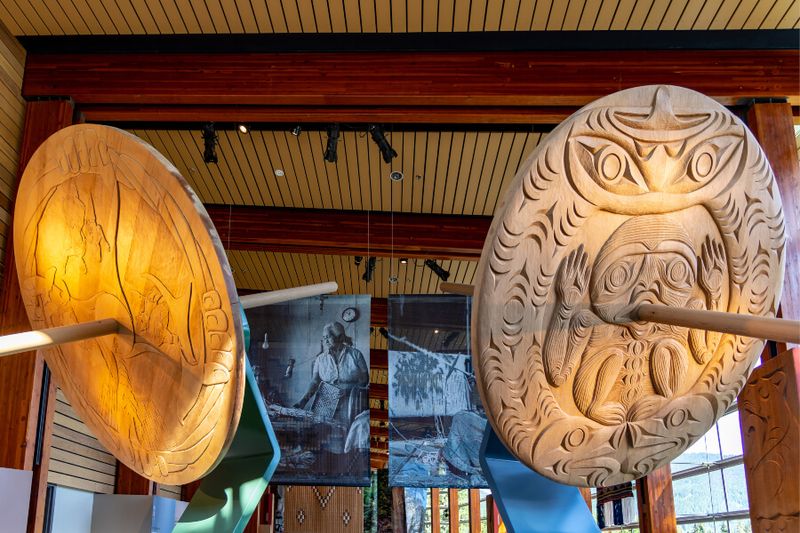This much-loved ski resort is also a mecca for outdoor adventurers
Located in southern British Columbia, Whistler has grown from an ambitious 1960's ski resort to a global destination. The merging of the neighbouring Whistler and Blackcomb resorts – encompassing the two eponymous mountains – and hosting part of the 2010 Winter Olympics are among the landmarks in its history. These days, its 3 million annual visitors enjoy everything from skiing to hiking, ziplining, mountain biking and more.
With more than 8,000 acres of skiable slopes to enjoy, there’s something for everyone in winter: from beginners and families to black diamond run experts. A one-day lift ticket pass is CA$123 (AU$137) for adults, with concessions available for seniors, youths (aged 13–18) and children. The site’s Peak 2 Peak gondola system can transport thousands of skiers per hour and is a chance to ride more than 400 metres above ground, enjoying fabulous views of the Fitzsimmons Valley.
When it’s not ski season, mountain biking takes over as the outdoor activity of choice. The downhill routes of the Whistler Mountain Bike Park are also serviced by lift, so anyone wanting to add some literal twists and turns to their stay can do so for CA$71 (AU$79) for a one-day adult ticket, with concessions available. Bike hires, tours and lessons are also on offer – along with biking trails outside the park, such as the Valley Trail, which is less challenging and will help you get acquainted with the surrounding area. There are also plenty of hiking routes for visitors who prefer to head off the beaten path on foot.
Away from the slopes, there’s also the chance to take stand-up paddleboard (SUP) tour or paddle a Canadian canoe across emerald water. Expect to pay about CA$99 (AU$110) per person. Adrenaline junkies will be pleased to hear that white-water rafting is also popular, with tours lasting between two and four hours available for a variety of levels, starting at CA$75 (AU$83) a head.
Another way to see the sights at Whistler is via zipline through its forest. Ziptrek Ecotours offer a variety of experiences that range from 90 minutes to three hours, with its Sasquatch tour offering a suitably hair-raising experience – although less extreme alternatives are available. Prices and availability depend on the season but expect to pay about CA$129 (AU$142) for an adult ticket and CA$99 (AU$110) for concessions.
In addition to its many outdoor activities, Whistler packs in plenty of cultural, culinary and retail attractions. After you’ve browsed the art, sportswear and gifts on offer throughout the pedestrianised centre, head to the Squamish Lil’wat Cultural Centre – a recent addition that tells the story of the area’s First Nation inhabitants and beyond. Adult tickets are CA$18 (AU$20).
Popular spots for food and drink include fine dining at Araxi, numerous bar and grills for après ski and the two branches of Purebread bakery – the perfect spot to grab breakfast and either prepare yourself for or recover from all that Whistler offers.
